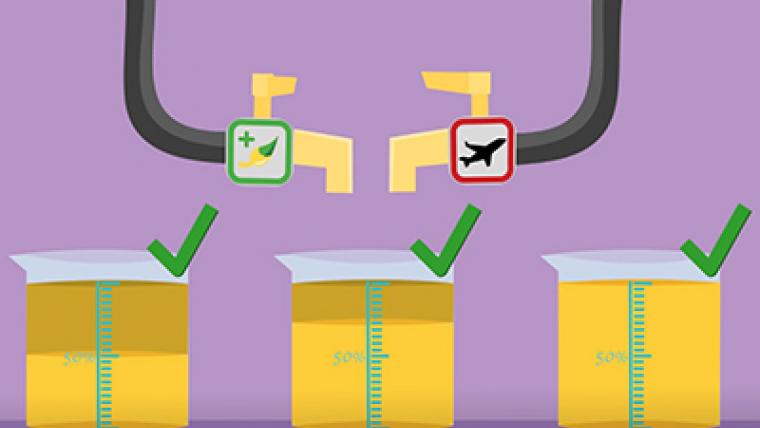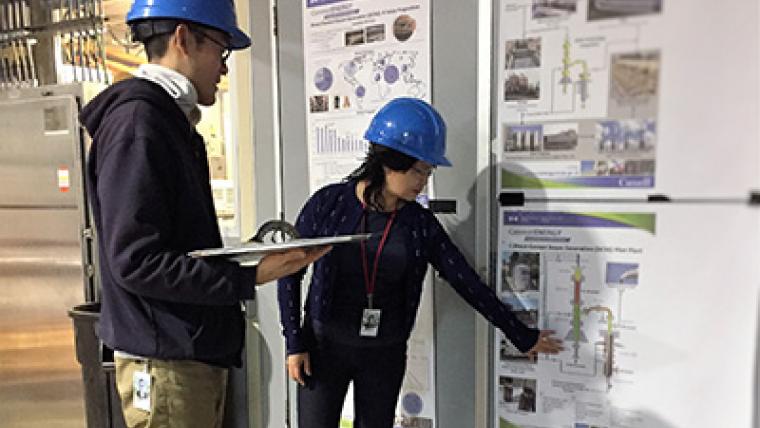Analyzing Canada’s Oil Resources: Challenging chemistry with the toughest samples out there
As part of its continuing coverage of Natural Resources Canada’s people and the cool work they do, Simply Science presents the views of a scientist who studies oil at the molecular level — to help ensure the maximum value is extracted from this natural resource. Canada is the fourth-largest oil producer in the world — nearly four million barrels are extracted here every day. But what exactly is in that oil? It turns out no two samples are alike.
By Nicole Heshka, Research Scientist, CanmetENERGY Devon, Natural Resources Canada (NRCan)
When oil, oil sands and other petroleum-related resources are extracted from the ground, they are essentially a black box of mystery. What’s in the oil? What makes it behave like it does? Why does one source produce oil with a certain set of properties while another source gives something completely different?
Answering these questions is an important part of my job as an NRCan research scientist, because understanding the composition of oil at the molecular level allows us to get the maximum value from the resource. For instance, if we know the molecular components of an oil that will be transported, it can be moved as safely and efficiently as possible. Or if we analyze an oil after an upgrading process, we can see how its characteristics have changed and inform operators on how to work more economically.
One of the toughest jobs in analytical chemistry
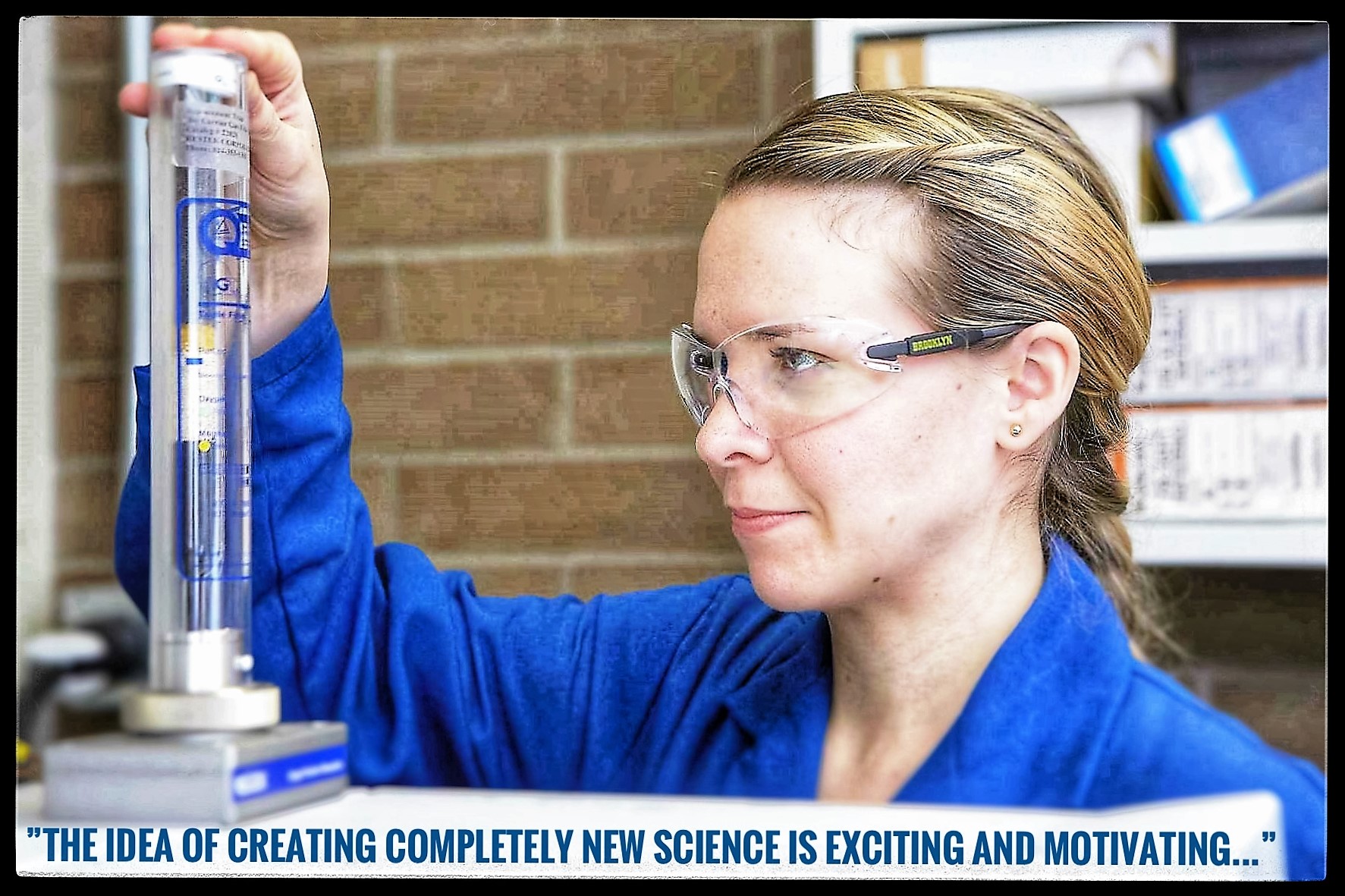
Nicole Heshka, NRCan research scientist, CanmetENERGY Devon, Alberta
Accurate analysis of oil is one of the most difficult tasks in the field of analytical chemistry. The samples are incredibly complex and heterogeneous, and they can exist in different phases: solid, liquid or gas. And it’s difficult to build upon a previous analysis, since no two samples are alike. Yet analyzing oil can also be a most rewarding task because of its unending scope for innovation and discovery.
For these reasons, analytical chemists use their knowledge and experience to design experiments to better understand the composition of oil samples. Today, for example, I’m working on analyzing hydrocarbons that can contaminate water after an oil spill. While this work is interesting in its own right, it also has the great potential practical benefits of helping to clean up after an accidental spill and protect vegetation and wildlife.
To reveal the intricacies of oil composition, I regularly use chromatography, which is a process that separates the oil into its less complex constituents. Chromatography instruments look like big grey boxes, but behind all the doors and panels are separation columns, ovens, pumps, flow controllers and detectors, among other things.
Much more than just a number on a computer screen
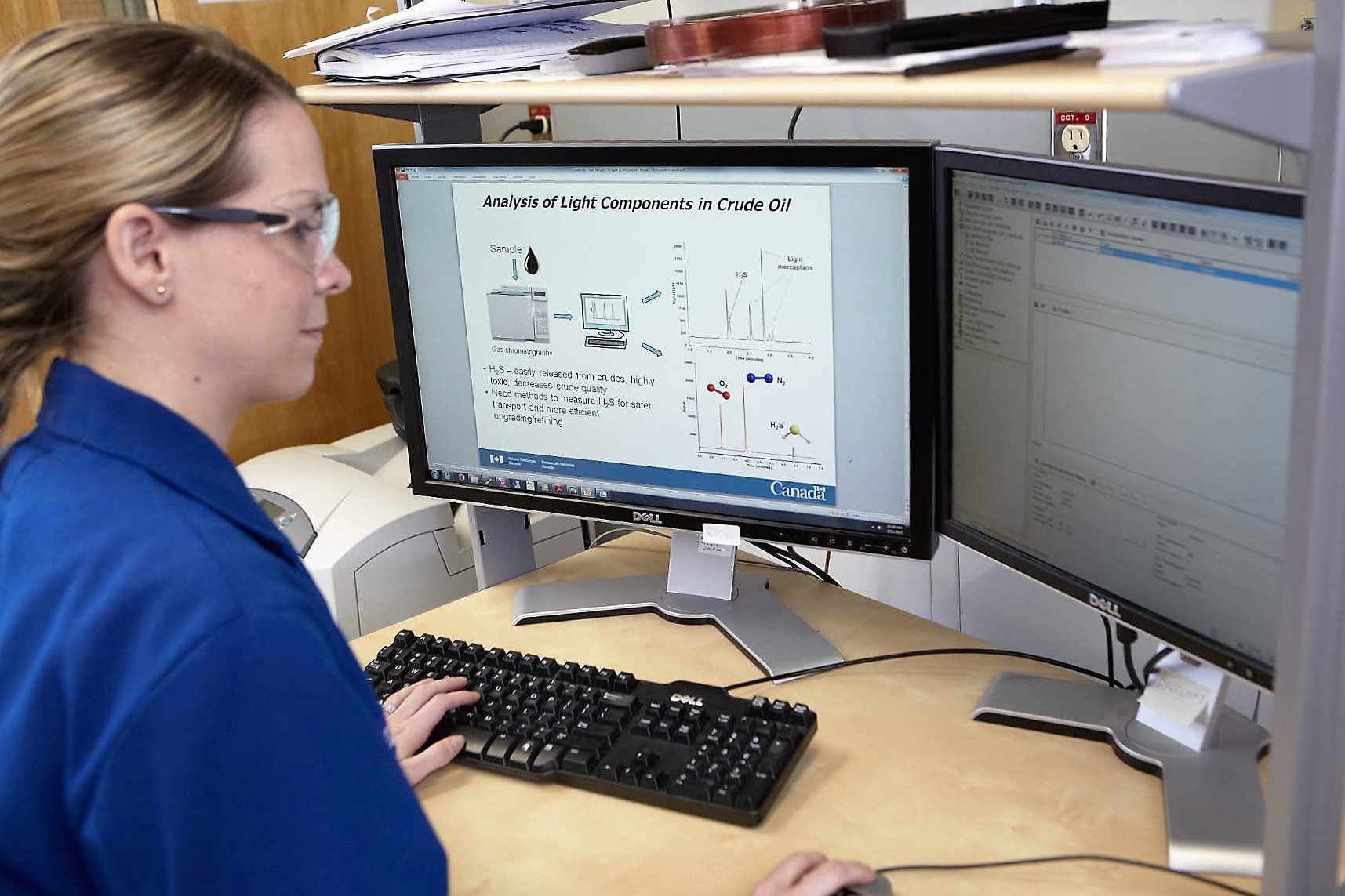
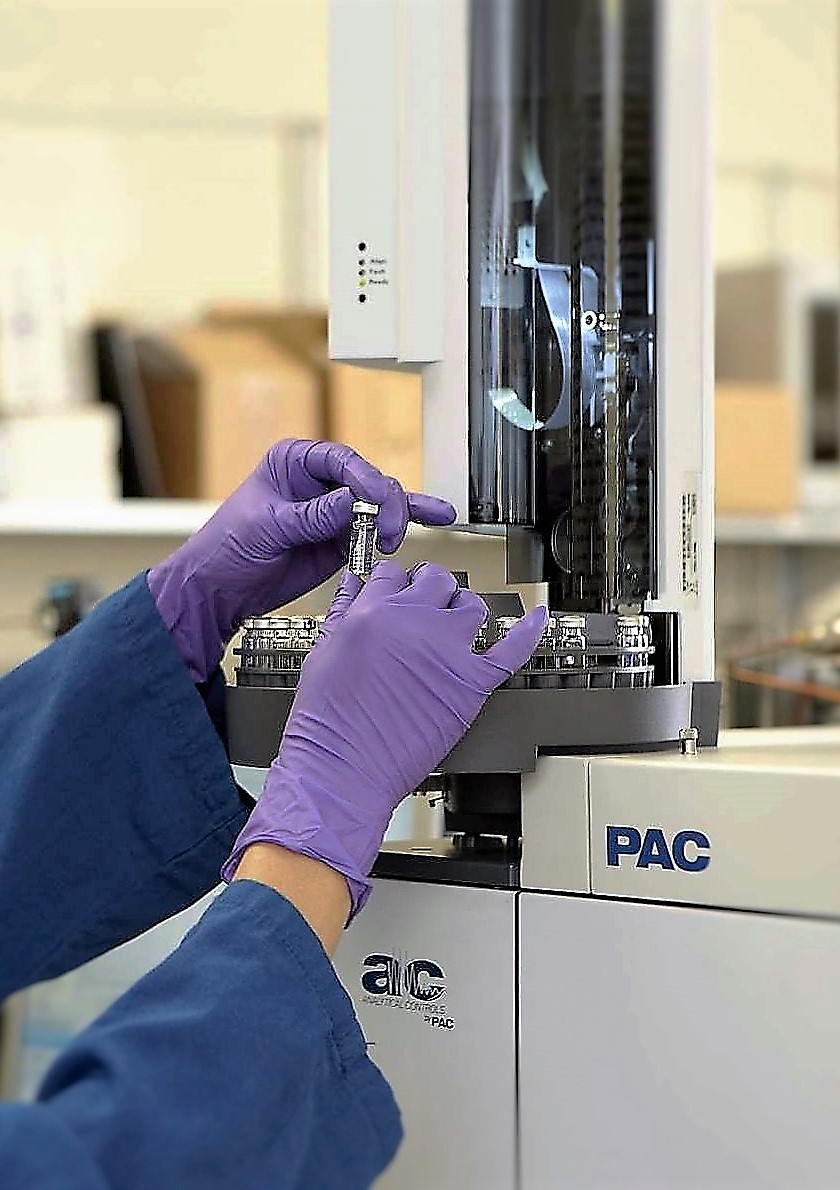
Nicole reviews the oil sample results to learn what compounds are present.
Sample sizes are small, usually 1–2 ml, or less than a teaspoon, and can be either liquids or gases. The instrument injects a sample into the system and then passes it through a process where molecules or groups of molecules are separated according to their chemical characteristics. The whole process can take as little as five minutes or as long as three hours, depending on the experiment. While the end result is a number on a computer screen, the process to get there can be complex and non-trivial. And that number can tell us much: what compounds are in the oil, how much of those compounds are present or whether the oil meets industrial quality standards for sale and transport.
Small samples, big results
The analytical work I do involves small sample sizes but can support big-picture applications. Some examples of my recent work at CanmetENERGY Devon include:
- measuring the light hydrocarbons in oil samples to properly regulate rail cars for safe transport (in collaboration with Transport Canada);
- detecting hydrogen sulphide, a dangerous and toxic gas, in bitumen samples to better inform and protect operators and transporters (in partnership with the Canadian Crude Quality Technical Association); and
- quantifying olefins, a particular type of hydrocarbon, in partially upgraded pipeline samples to reduce fouling and improve new processes.
One of my favourite parts of the job is the feeling I get when I see a project that I worked on in its final, published form. The idea of creating completely new science is exciting and motivating, and I love the process of writing and communicating my work.
Communicating means getting out there and sharing my science, often by being published in peer-reviewed scientific literature, and working with authoritative, international bodies and meeting their standards. These are great ways to keep up to date and stay relevant. Recently, I published two papers with JoVE, the Journal of Visualized Experiments, a protocol-focused journal that includes a video component.
Page details
- Date modified:

